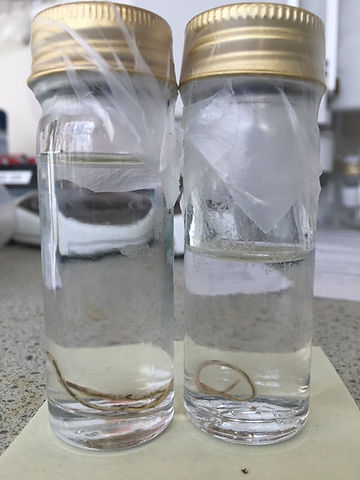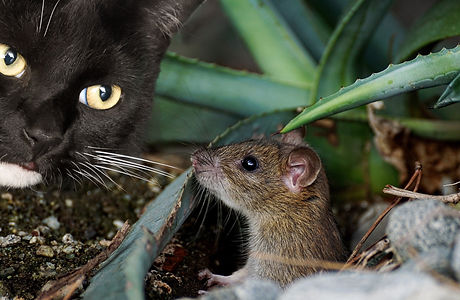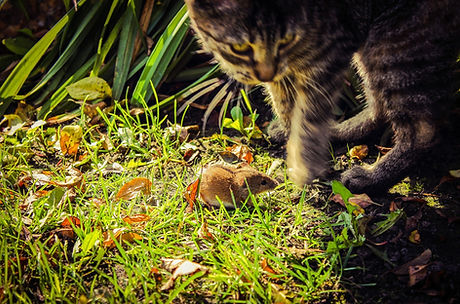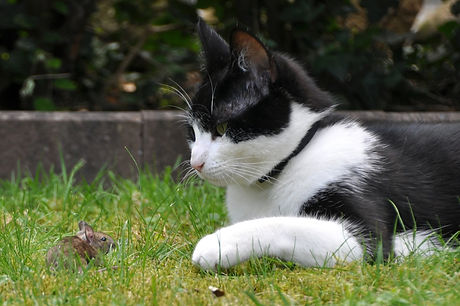Our Research Questions
Here are a few of the questions we are working towards answering during this project.
What proportion of predated animals are infected with Toxocara cati?
This study will establish prevalence data for paratenic hosts in the UK, to measure the extent to which rodents and shrews act as infection sources of these parasites. This information is valuable, as we need to know the infection risk for a hunting cat, which helps guide vets on deworming medication recommendations.

What factors affect infection likelihood in paratenic hosts?
Accessory data taken alongside tissue samples will inform us whether factors such as season, geographical location, host sex and host size affect prevalence rates. This will therefore help to identify risk factors associated with feline infections, for example times of year when cats are more likely to be infected, or what type of environment is more likely to see higher levels of infection.

Which paratenic host tissues are most susceptible to infection?
By analysing a range of tissue types we can learn about parasite larvae tissue preferences and therefore begin to better understand life cycles in paratenic hosts. As we are examining several prey species we can identify any differences between host species.

Does parasitic infection affect paratenic host fitness to survive?
This is the most difficult question to attempt to answer. Are infected animals more likely to be eaten by cats? Many parasites are known to change their hosts behaviour in order to ensure the lifecycle is able to continue, ensuring their survival. Is this occurring for Toxocara?


